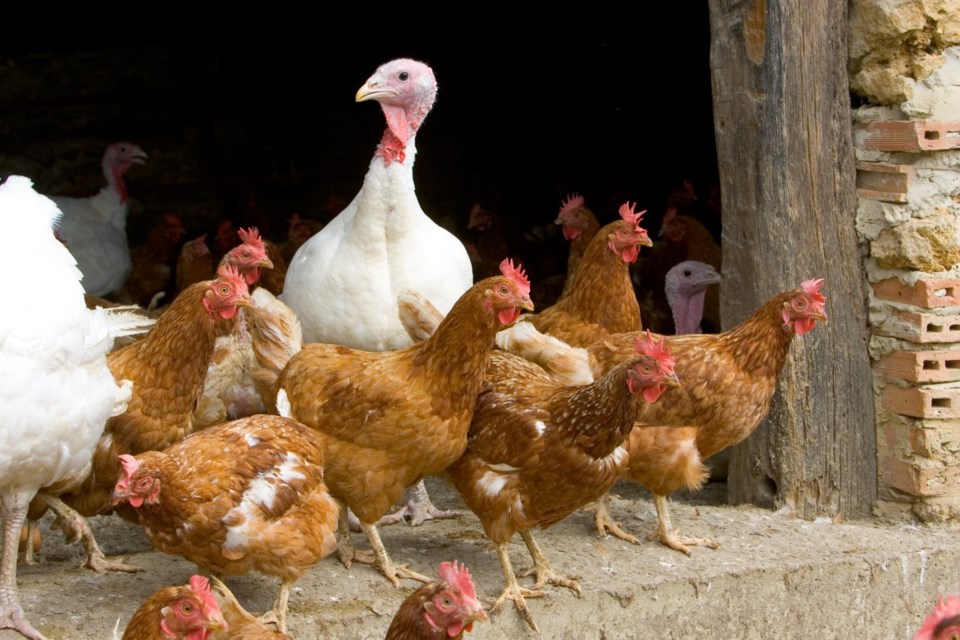WESTERN PRODUCER — It’s been a quiet spring on the Prairies for cases of avian influenza despite fears of an imminent return of a highly contagious strain of the virus.
Two cases have been reported in Western Canada at the end of the first week of May, only one of which has impacted a commercial poultry operation in British Columbia’s Fraser Valley.
Amanda Brittian, chief information officer for the B.C. Poultry emergency operations centre, said the latest case, reported at the end of April, is an area dense with commercial operations.
But since then, no further operations have detected an infection.
“It is in an area that is very dense with poultry farms,” said Brittian of the case found in a Chilliwack-area poultry operation. “It’s over 100 farms within the primary control zone.”
She said poultry operators have remained at the highest state of alert since late summer when the avian influenza ripped through the Fraser Valley, resulting in more than 3.5 million birds being euthanized.
Brittian said the latest case is a reminder to producers to remain on alert.
While an interim review of biosecurity measures the by B.C. ministry of agriculture has shown producers have been meeting standards, Brittian said there has been some new information regarding some steps being taken.
“For example, boot dips are not considered good biosecurity and they are not in our regulations,” she said. “Boot changes is what we are encouraging and what we are telling our farmers what we need to be doing. You can’t take a break from biosecurity is what we are telling farmers. One little misstep can bring the virus into your barn. You have to be vigilant all the time.”
Danish entries, which have a bench barrier between the entry point of a barn for outside clothing that allows workers to swing their feet over to a clean side with non-contaminated boots and clothing, are recommended as a more enhanced biosecurity measure.
“A lot of farms already have these, but for farms that don’t, maybe smaller farms, then we’re encouraging people to build those,” said Brittian. “But there is a cost to it.”
This year, so far, has stood in stark contrast to 2022 for avian influenza on the Prairies.
By the first week of May 2022, eight commercial operations and five backyard flocks had reported bird flu cases in Alberta. B.C. had six backyard flocks and one commercial poultry farm impacted. Saskatchewan had six outbreaks in commercial operations and two in non-commercial flocks. Manitoba only had a single case in a commercial operation during the spring of 2022.
The story has been quite different in Quebec, which saw a handful of cases in the spring of 2022 but currently has 15 commercial operations impacted so far this spring. Ontario has only had three such cases in the same time.
Since December 2021, when the first reported case of the highly contagious strain of bird flu was found in Canada, more than 7.6 million birds have been euthanized because of infected premises.

